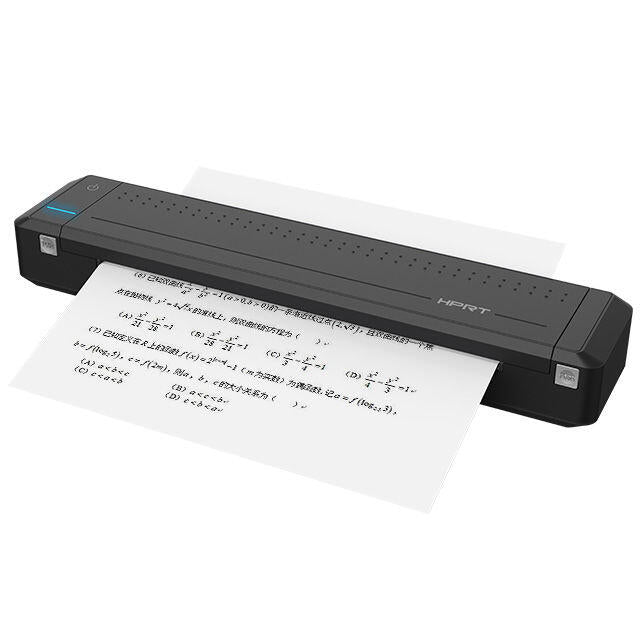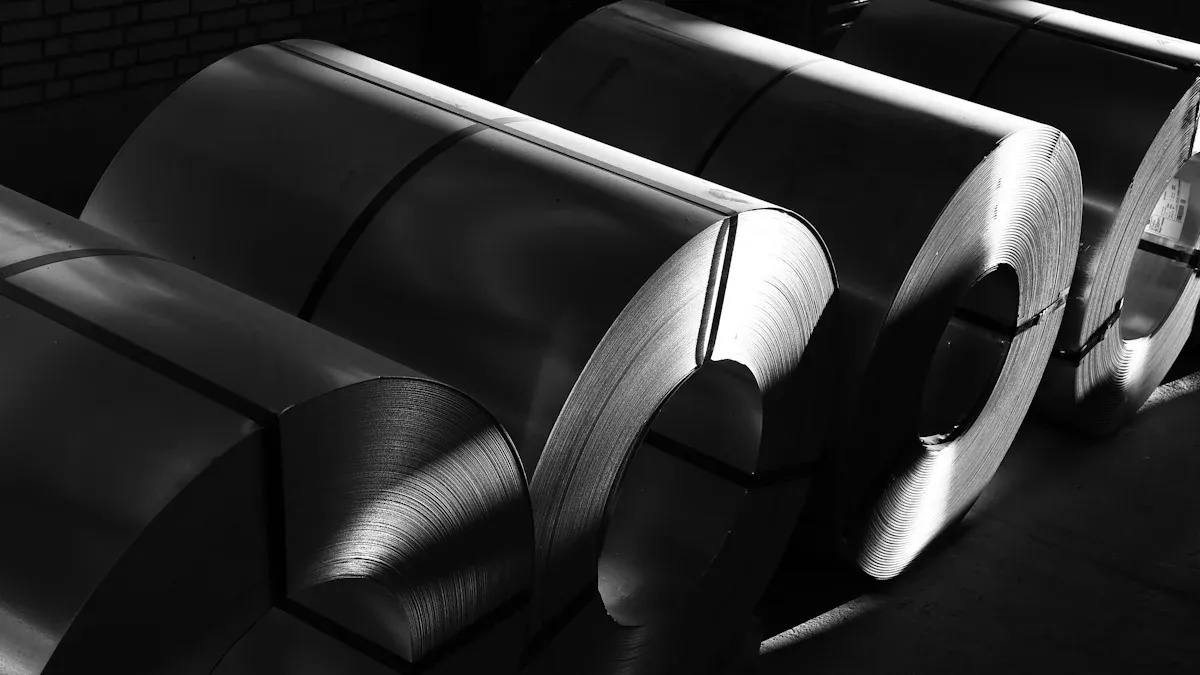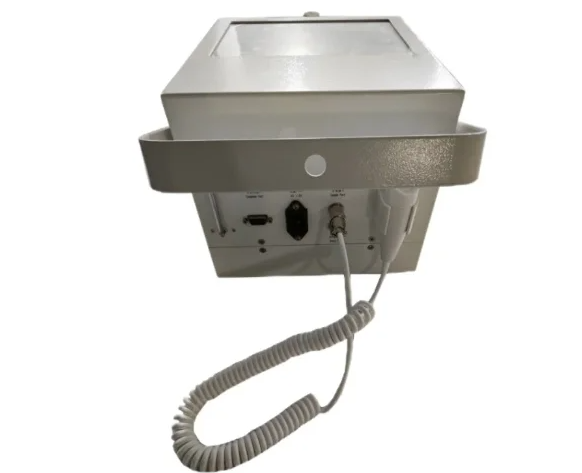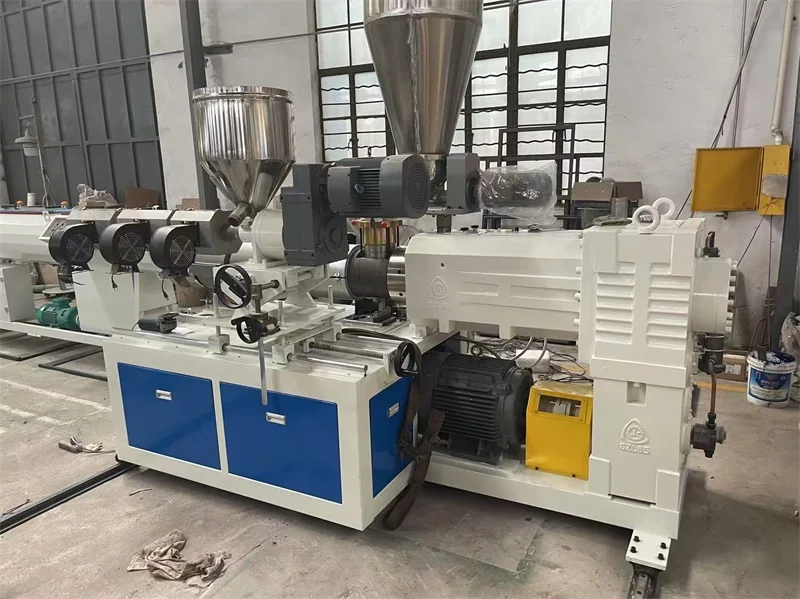
Inkjet printers have become an essential tool for both personal and professional use. However, there is a common concern among users about whether inkjet printers dry out if not used frequently. In this article, we will delve into the truth behind this claim and provide you with accurate information to help you understand the behavior of inkjet printers.
Understanding Inkjet Technology:
To comprehend the drying out phenomenon, it is crucial to grasp the basics of how inkjet printers work. Inkjet printers utilize tiny nozzles to spray ink onto the paper, creating the desired image or text. The ink used in these printers is a water-based solution that contains pigments or dyes. This water-based nature of the ink is what leads to the concern of drying out.
Factors Affecting Ink Drying:
- Evaporation: Inkjet printer inks are designed to dry quickly to prevent smudging. However, if the printer is not used for an extended period, the ink can evaporate, leading to potential drying out.
- Air Exposure: When an ink cartridge is not in use, it is exposed to air, which can contribute to the drying out process. The longer the exposure, the higher the chances of ink drying out.
- Print Head Clogging: Inkjet printers have a print head that contains tiny nozzles. If the printer is not used regularly, the ink residue can accumulate and clog the nozzles, resulting in poor print quality or even complete blockage.
Preventive Measures:
To prevent inkjet printers from drying out, consider the following measures:
- Regular Use: Printing at least once a week can help keep the ink flowing and prevent drying out.
- Proper Storage: If you anticipate not using the printer for an extended period, remove the ink cartridges and store them in a cool, dry place. This reduces exposure to air and minimizes the chances of drying out.
- Cleaning Routine: Perform regular print head cleaning to prevent clogging. Most inkjet printers have a built-in cleaning function that can be accessed through the printer settings.
Conclusion:
Inkjet printers can indeed dry out if not used for an extended period. Factors such as ink evaporation, air exposure, and print head clogging contribute to this phenomenon. However, by understanding these factors and implementing preventive measures like regular use, proper storage, and cleaning routines, you can minimize the risk of ink drying out and ensure optimal printer performance.




